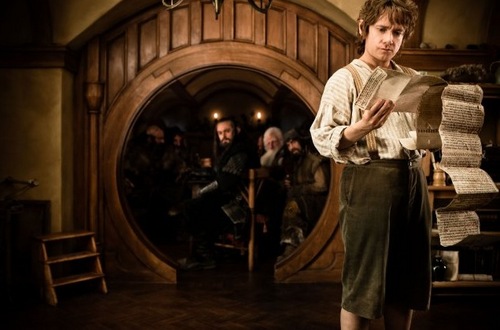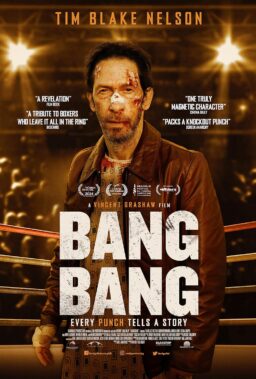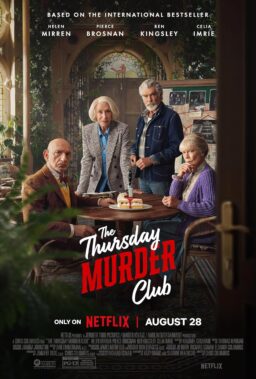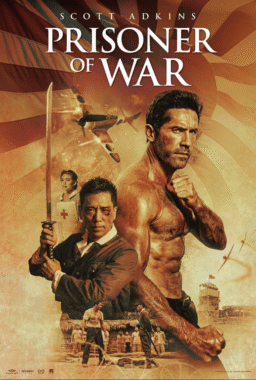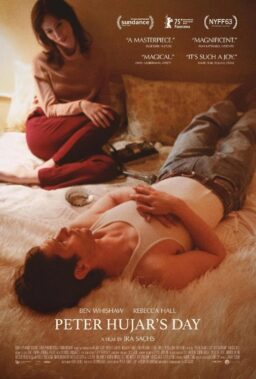Peter Jackson caused a bit of a stir by announcing that he would shoot his forthcoming “The Hobbit” at 48 frames per second. The film will be released in two parts, in December 2012 and December 2013, and he revealed recently that Part One will be two and a half hours long. One wonders how much of this burden the lovable little creatures can carry on their shoulders.
There is a kind of one-upmanship going on among the titans of the mega-uber-blockbusters, Jackson and James Cameron–who himself just announced that he plans to shoot “Avatar 2” and the film’s third installment using digital equipment that delivers 60 frames per second. While admiring the LOTR trilogy and “Avatar,” which remains the state of the art in 3D, I believe their expanding ambitions come with risks.
The standard frame rate, for both digital and celluloid, is 24 fps. However, Stuart Kemp writes in the Hollywood Reporter: “There are nearly 4,000 screens in North America that have Barco Series 2 projectors with the required software update to play 48 fps, plus Sony expects the majority of its 13,000 installed 4K digital cinema projectors to support the high frame rates by the time ‘The Hobbit’ is released in December.”
So that’s good, right? Of course there is a catch: “…but exhibitors must pay the cost of the additional equipment, and some have wondered how much of a ticket premium they would charge to offset that cost.” So we are faced with yet another way to add a surcharge to the basic cost of a movie ticket. But wait. Work through the math with me.
About 17,000 theaters currently using Barco Series 2 or Sony 4K digital projectors can already show “The Hobbit” at 48fps. The equipment is in place and paid for. There are about 39,000 screens in North America, which indicates that about half of them can currently handle “The Hobbit.” The possibility of Jackson’s film requiring more screens than that seems remote–especially given the traditional flood of major holiday releases.
Yet we are already learning of another ticket surcharge. Whether the higher frame rate will cost us money on top of the existing surcharge for 3D is a question to which I think we can all guess the answer. With these mega-franchise movies, so much demand is created that many moviegoers feel they must see them. The rules of the marketplace are suspended. The higher charge isn’t a discouragement.
There may however be diminishing returns involved. I don’t expect “The Hobbit” to be a children’s movie, any more than the LOTR films were. But to be a box office success it will require a PG rating. (I find it hard to imagine any Hobbitry requiring the PG-13.) That means it will be a family film. Is two and a half hours pushing the envelope on the attention spans of younger family members? Who can win in this pissing contest?
I love movies. I hope people have a good time at them. The more they enjoy themselves, the more likely movies will continue as an art form. But when a family of four can spend $80 or more, including refreshments and parking, to see a trifle like “Ice Age: Continental Drift” in 3D, isn’t that discouraging? The kids see the ads on TV, they scream to be taken to the movies, and their parents are essentially blackmailed.
The theory is that the higher ticket prices are justified by the cost of installing the 3D projectors. Obviously the cost of these projectors has already been met many times over. This is like a toll road that continues to raise its tolls after it has long since been paid for. Throughout movie history Hollywood has bragged about ever more stupendous motion picture “events.” It has used technical innovations like sound, color and widescreen to increase its impact in theaters. The era of 70mm “roadshows” produced some great movies. Now it appears that 3D has its claws in certain kinds of new productions, and even a director like Martin Scorsese has embraced it.
I think there may be a marketing error here. Moviegoers are growing less attentive to picture quality at a time when many are actually willing to watch a movie on a cellphone, and lower-def streaming occupies more than half the bandwidth on the Internet in the evening. While there will always be an audience for “The Hobbit” or “Avatar 2,” at least as long as Jackson and Cameron maintain their standards, I believe there is lessening consumer enthusiasm for paying extra to see “Kung Fu Panda” merely because it is in 3D.
I’ve seen a lot of 3D movies lately. I no longer routinely devote a paragraph at the end of my reviews to comments about the 3D. That was getting boring. But this fact remains: No matter what they tell you, current 3D involves a loss of picture brightness of at least 20%. Watching one of these movies is like sitting though a film using a projector whose bulb is near the end of its life span.
I have a little ritual I invariably perform during 3D movies. I lift the 3D glasses off my eyes and see how bright the picture would look without them. That is a reminder of what the movie is supposed to look like.
If Hollywood were Oz, and I was the little man behind the curtain, I would welcome technical innovation, but not at the cost of trade-offs. There’s nothing magic about 24 fps. It just happened to be the lowest frame rate that could carry sound. Faithful readers will know of my persistent love for Maxivision 48, which combines 48 fps with full brightness. The picture is so good it’s like looking through a window. That’s the only kind of 3D I’m impressed with.
Also (I’m still behind the curtain now) I would decree that most movies run between 90 and 120 minutes. Why? There’s no magic number. It’s just that throughout movie history that seems to be the range in which most features fit comfortably. We’re used to it. Longer films don’t disturb me at all, if they require and deserve their length. But for the time being I’m not convinced that “The Hobbit” needs to be two and a half hours long. I hope I’m proven wrong.
In the best of all possible worlds, directors would obsess about the quality of their storytelling, and not the details of their technical methods. It is perfectly possible to make a great film in 2D and at an average length. I submit that “Fargo” is nearly a perfect film at 98 minutes, and that “No Country for Old Men” feels just right at 122 minutes. I fear that Jackson and Cameron have been carried by ambition to make films that leave the realm of artistic economy and are trying to gain stature via the realm of bloated manufacturing. It reminds me of the period when Detroit started adding fins to its cars. Is it too much to expect Jackson and Cameron to just, you know, like make a movie?

